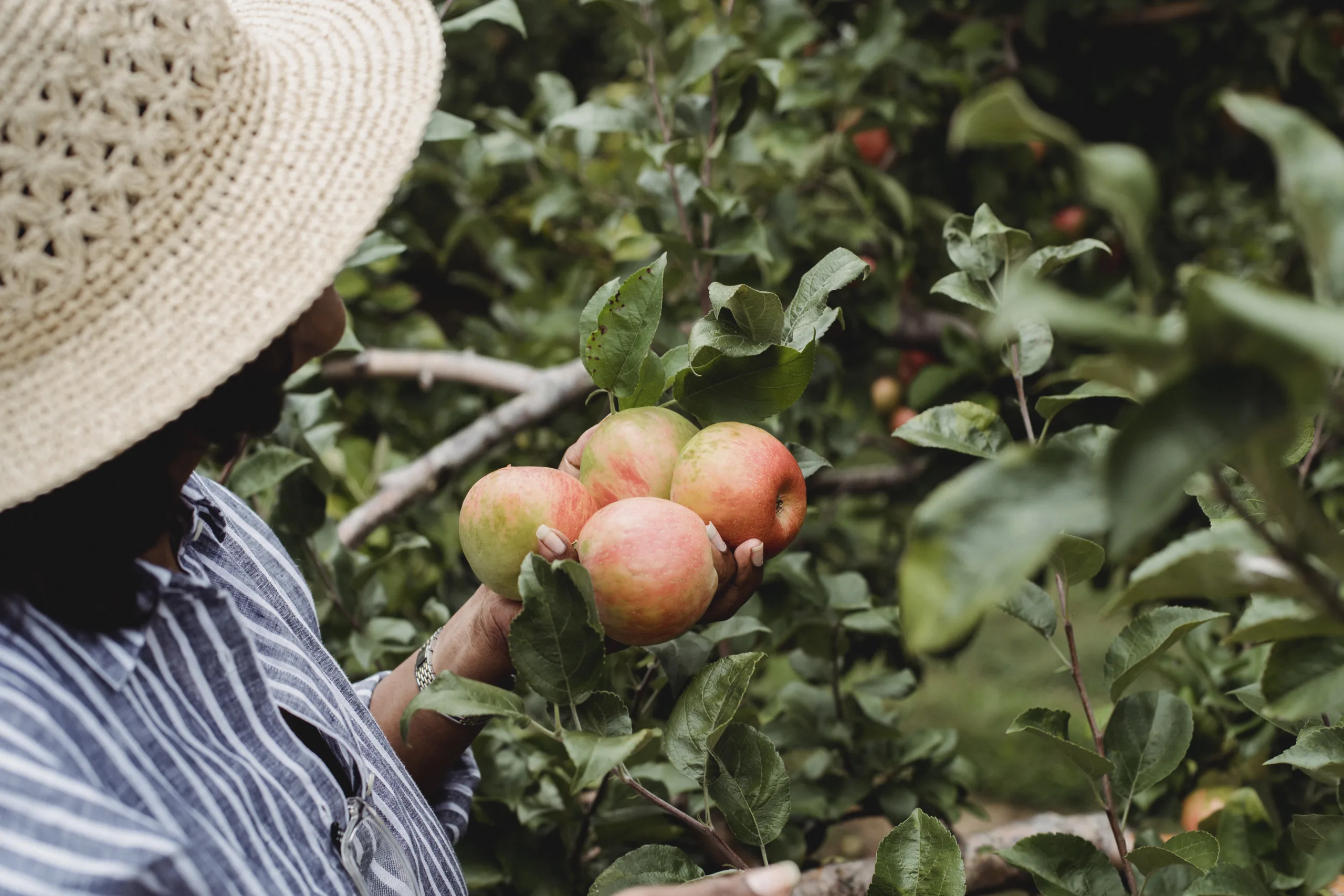Have you ever wondered if a tree can grow from a single leaf? Many of us have seen the amazing growth of trees in forests, but is it possible that this process can be initiated from a single leaf? In this article, we will explore the science behind whether or not it is possible for a tree to grow from a single leaf. We will also look at some of the practical implications of this type of growth and what a scientist would need to do to make it happen. Finally, we will discuss the potential limitations on such an endeavor. By the end of this article, you will have a better understanding of whether or not a tree can grow from a single leaf.
A leaf is a principal organ of most vascular plants, typically composed of a flat blade, attached to a stem by a petiole. Leaves are an important source of food and oxygen for the plant, and are responsible for the process of photosynthesis.
Plant Anatomy
Plant anatomy is the study of the structure of plants. It involves looking at the various parts that make up a plant, including its roots, stems, leaves, flowers and fruits. Plant anatomy also includes studying the internal structure of plants, such as their cells and tissues. Plant anatomy is important for understanding how plants function and how they interact with their environment. Plant anatomists study how plants develop, grow, reproduce and survive in their environment. They use a variety of tools to observe and measure the parts of plants and their internal structures. This research helps us better understand how plants evolved and adapted to their surroundings.
Plant anatomy also helps us understand how different species are related to one another. By studying the structure of various species, we can learn about which species are closely related and which ones are more distantly related. This knowledge can help us identify new species or better understand existing ones. It can also help us understand why some species are more successful than others in specific habitats or environments.
The study of plant anatomy is also used to improve crop yields and aid in plant breeding programs. By understanding the structural characteristics of certain crops, we can develop varieties that are more resistant to disease or produce larger yields with fewer resources such as water or fertilizer. Plant anatomy is also used in horticulture to identify problems with specific plants or create hybrids with desirable characteristics.
In addition to its practical applications, plant anatomy is fascinating because it reveals so much about the evolution of life on Earth. Studying plant structure gives us insight into how life on Earth has changed over time as species have adapted and evolved to their environment.
Factors Affecting Leaf Growth
Leaf growth is an essential part of the life cycle for any plant. It is important for photosynthesis and the overall health of the plant. The growth of a leaf can be affected by many factors, including environmental conditions, soil fertility, temperatures, and other living organisms.
Environmental conditions such as light intensity and water availability can have a significant effect on the growth of leaves. As plants need light to produce energy through photosynthesis, they need to be exposed to adequate amounts of sunlight in order to grow. Additionally, too much or too little water can affect the rate at which a leaf grows.
Soil fertility is also an important factor when it comes to leaf growth. Nutrients in the soil provide essential elements that plants need for healthy development. If the soil lacks certain minerals or nutrients, it can cause stunted growth in leaves or other parts of a plant.
Temperature also plays an important role in leaf growth. In general, leaves grow faster when temperatures are warm but not too hot or cold. The optimal temperature range for most plants is between 60-80°F (15-26°C).
Finally, living organisms such as pests and diseases can also have an effect on leaf growth. Insects and other pests can damage leaves or prevent them from growing properly. Similarly, fungal diseases or viruses can spread quickly through a plant’s leaves and cause them to become diseased or die off entirely if left untreated.
Photosynthesis and Leaf Growth
Photosynthesis is a process by which plants use light energy from the sun to produce sugar, which in turn provides the energy for them to grow and develop. During photosynthesis, plants convert carbon dioxide from the atmosphere into oxygen, which is then released back into the environment. Photosynthesis is a key process in the cycle of life on Earth and is essential to all life.
The process of photosynthesis takes place within the leaves of plants, where chloroplasts are located. Chloroplasts contain a green pigment called chlorophyll, which helps absorb light and is essential for photosynthesis to occur. As light hits the leaf, energy is used to break down water molecules into hydrogen and oxygen atoms. The oxygen atoms are released into the atmosphere while the hydrogen atoms combine with carbon dioxide from the air to form sugar molecules. This sugar molecule provides energy for the plant’s growth and development.
Leaves also play an important role in regulating temperatures in their environment by releasing water vapor through transpiration. This process helps cool down hot air around them, creating a more comfortable environment for both plants and animals alike. In addition to regulating temperatures, leaves also help protect plants from excessive sunlight exposure by providing shade and keeping moisture levels at an optimal level for optimal growth.
In summary, photosynthesis and leaf growth are closely linked processes that allow plants to survive and thrive in their environment. Photosynthesis involves converting energy from sunlight into usable forms of energy while leaf growth helps regulate temperatures and protect plants from excessive sunlight exposure. Both processes are essential for plant survival and are key elements of life on Earth.
Leaf Growth and Nutrients
Leaves are important parts of a plant, providing it with the energy it needs to grow. To maintain strong and healthy leaf growth, plants need certain nutrients that are found in the soil. These nutrients can be divided into two main categories: macronutrients and micronutrients. Macronutrients, such as nitrogen, phosphorus, and potassium, are essential for overall plant health and growth. They help plants to grow bigger leaves and produce more flowers or fruits. Micronutrients, such as calcium, magnesium, iron, zinc, copper, sulfur, boron and molybdenum are also important for healthy leaf growth but in smaller amounts. These nutrients help to support a plant’s metabolism and enable key processes such as photosynthesis.
When soil is deficient in any of these essential nutrients or when the pH balance of the soil is not optimum for leaf growth, then a fertilizer can be used to supplement the missing nutrients. There are many types of fertilizers available that can provide different combinations of macronutrients and micronutrients to meet the needs of different plants. It is important to select the right fertilizer for your particular plants in order to ensure their optimal health and growth.
By understanding the role of different nutrients in leaf growth and selecting an appropriate fertilizer for your garden plants you can ensure that they have access to all the essential elements they need for healthy leaves year round.

Environmental Factors for Leaf Growth
Leaves are the primary source of food for plants, and their growth is heavily influenced by environmental factors. Environmental factors that affect leaf growth include light, temperature, humidity, soil nutrients and water. Each factor has an impact on the rate of photosynthesis and leaf development.
Light is one of the most important environmental factors for leaf growth. Leaves absorb light energy and convert it into chemical energy through photosynthesis. Without adequate light, leaves cannot produce enough energy to survive and will not grow properly. Plants need a certain amount of sunlight each day to stay healthy and promote leaf growth.
Temperature also plays a role in leaf growth. Most plants require temperatures between 68-77 degrees Fahrenheit for optimal leaf growth. Low temperatures can affect a plant’s ability to photosynthesize, which can cause leaves to become discolored or even die off prematurely. High temperatures can cause leaves to dry out quickly, which can lead to wilting or death of the plant itself.
Humidity is another factor that affects how quickly leaves grow. Plants need a certain amount of moisture in the air in order to photosynthesize properly and produce enough energy for growth. Low humidity levels can cause leaves to dry out quickly and become discolored or wilt due to lack of water uptake from the roots. High humidity levels can cause foliage to become over-saturated with water which can lead to fungal diseases or root rot in some cases.
Soil nutrients are also essential for healthy leaf growth as they provide essential minerals and elements needed by plants for proper development. Nutrient deficiencies can cause leaves to become discolored or even die off prematurely as plants are unable to access these necessary elements from the soil without them present in adequate amounts.
Finally, water is essential for healthy leaf growth as it helps keep plants hydrated and provides the necessary moisture needed for photosynthesis and respiration processes required by all living organisms including plants. Too little water will cause leaves to wilt or die off prematurely due lack of hydration while too much water can lead to root rot caused by over-saturation of soil with liquid causing fungal diseases such as root rot in some cases if left unchecked over long periods of time
Can a Tree Grow from a Single Leaf?
The short answer to this question is yes, it is possible for a tree to grow from a single leaf. While it may seem unlikely, this phenomenon has actually been observed in nature. In fact, some species of trees have even evolved special adaptations that make it easier for them to do so.
When a tree grows from a single leaf, the process is called apomixis. Apomixis occurs when a single cell of the leaf divides into many cells and those cells then differentiate into the various tissues and organs that make up the tree. The process of apomixis allows trees to reproduce without producing seeds or other reproductive structures, which can be beneficial in environments where plants cannot easily disperse their seeds.
There are several different types of apomixis that can occur in trees, depending on the species. Some species rely on vegetative propagation, which involves taking small pieces of the plant and replanting them to create new individuals. Other species use gametophytic apomixis, which involves specialized cells that produce embryos without fertilization.
In addition to these two types of apomixis, there is also parthenogenesis apomixis. This type occurs when unfertilized eggs develop into viable offspring. It has been observed in some species of conifers and cycads, but it is relatively rare in trees overall.
Although rare, growing from a single leaf can be an effective way for certain tree species to reproduce and spread their genetic material without relying on pollination or seed dispersal. This adaptation can help them survive under difficult environmental conditions where other methods of reproduction are not as successful.
The Role of Hormones in Tree Growth from a Leaf
Hormones play an important role in the growth and development of trees. They are secreted by various organs and regulate numerous physiological processes, such as cell division and differentiation, leaf formation, flowering, and fruit formation. Hormones are also involved in the regulation of growth processes, including cell elongation and production of secondary metabolites. In particular, auxin is a major hormone involved in the control of tree growth from a leaf.
Auxin is synthesized in the leaves, transported to other parts of the tree, and then degraded by the action of the auxin degrading enzymes. It has been found that auxin induces elongation of cells by stimulating cell wall loosening proteins which allow for cell expansion. Auxin also plays an important role in leaf formation as it stimulates the differentiation of leaf primordial into distinct structures. Moreover, auxin can modulate root branching through its regulation on cell division and differentiation processes.
Auxin is also necessary for flowering in some species as it can regulate bud formation and flower initiation through its effect on cell division and differentiation processes. Auxin can also be involved in fruit ripening as it promotes ethylene synthesis which is responsible for fruit ripening. Therefore, auxin is essential for regulating various physiological processes in trees such as stem elongation, leaf formation, flowering, and fruit maturation.
In conclusion, hormones play an important role in regulating tree growth from a leaf. Among various hormones involved in this process, auxin is particularly important as it influences numerous growth processes such as stem elongation, leaf formation, flowering initiation, and fruit ripening. Therefore understanding how these hormones interact with each other will help us to better understand tree growth from a leaf perspective.

Conclusion
In conclusion, it is possible for a tree to grow from a leaf, though it is not a common occurrence. In some cases, an entire tree may be able to grow from a single leaf if the conditions are right and the cutting is properly done. It usually takes more than one leaf to produce an entire tree, but if all of the leaves come from the same parent tree, then they can be used to create a new one. In order for this process to work, the leaves must be treated with special care and kept in an environment that supports their growth.
Overall, it is possible to use leaves from a single parent tree to create a new one, though doing so requires special care and attention. While it may not be as common as other methods of propagating trees, it can still be successful when done properly.
Mark Hoffman is a dedicated arborist and tree care specialist with over a decade of experience. His love for trees began when he visited Yosemite National Park as a teenager and was awestruck by the giant sequoias. Mark pursued his passion by studying forestry at Michigan Technological University, where he earned a Bachelor of Science degree.
Since then, he has worked tirelessly in the field of arboriculture, helping to preserve and protect trees in his community. His expertise and dedication have made him a respected leader in the industry and a valuable resource for anyone seeking advice on tree care.
